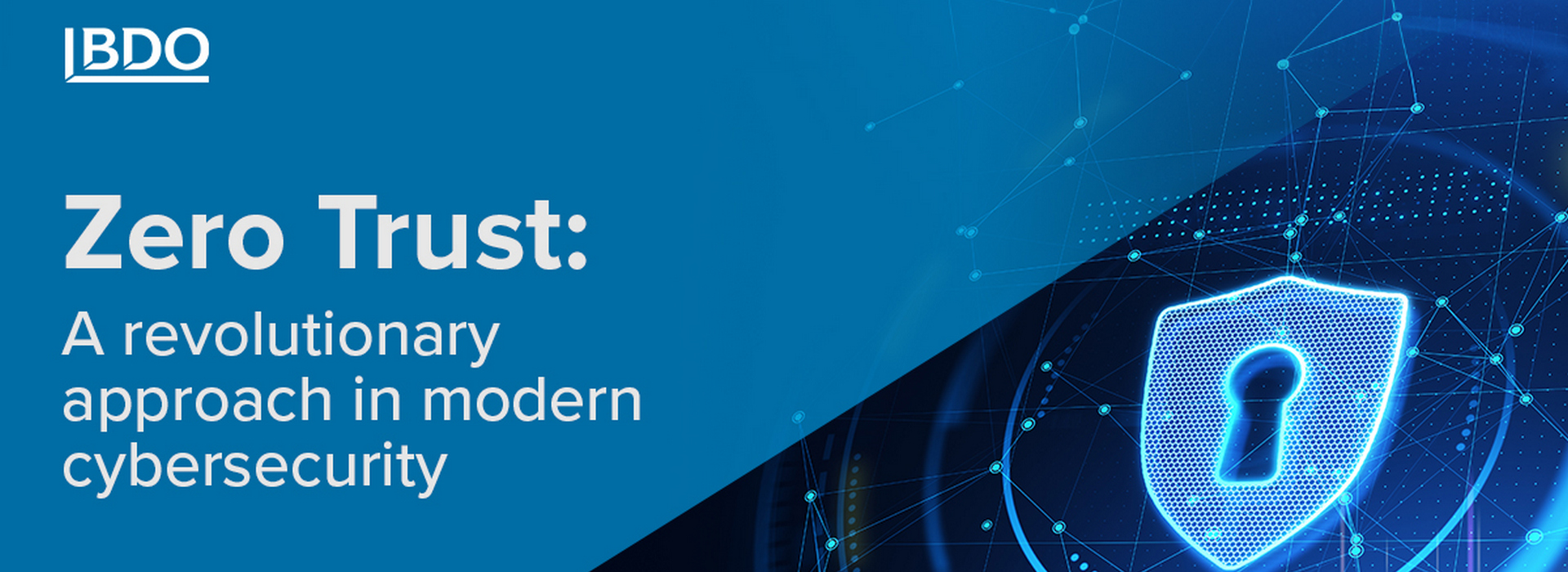In today's world, where cyber threats are becoming increasingly sophisticated and destructive, traditional approaches to cybersecurity no longer provide sufficient protection. Enter Zero Trust - a new discipline in cybersecurity that rejects the concept of unlimited trust within an organization's network and demands constant verification and validation of every access request.
The strategic approach of Zero Trust focuses on the belief that organizations should not automatically trust anything inside or outside their perimeters and instead should verify everything that tries to connect to their systems before granting access.
The concept of Zero Trust is simple: treat every attempt to access the organization's systems as a potential threat and grant access only after thorough verification. This approach is a departure from the traditional security model, which assumed that everything within the organization's network could be trusted. Zero Trust requires constant verification of all users and devices seeking access to the organization's systems, fundamentally strengthening their protection against data breaches and cyberattacks.
Why Zero Trust Is Gaining Traction
The cost of security incidents can be catastrophic, and Zero Trust provides a proactive and comprehensive approach to protecting an organization’s critical assets and maintaining business continuity. Zero Trust architectures make use of advanced technologies such as data analytics, machine learning, and AI to monitor network behavior and automatically respond to threats.
The Zero Trust approach has become increasingly relevant with the rise of remote work, cloud-based services and mobile computing, where the traditional network perimeter has all but disappeared. By taking a defensive stance rather than waiting for an anomaly to arise, Zero Trust minimizes the chances of unauthorized access and data breaches. Each and every user and device must be continually authenticated and authorized – and that helps to mitigate both insider and outsider threats.
Another benefit is fine-grained access control. Zero Trust implements least privilege access, so users have access only to the resources they need to do their work. This lowers the risk of credentials being compromised and misused. It also helps organizations demonstrate that they have stringent access controls and monitoring in place, if audited. Zero Trust's continuous monitoring and verification process improves an organization’s security posture over time. With real-time monitoring and automated responses to threats, organizations can quickly identify and address security issues, reducing the time attackers are in the system.
However, adopting a Zero Trust approach in cybersecurity is not without its challenges, particularly when it comes to aligning with the stringent compliance requirements inherent to the framework. Here are some of the key challenges:
- Transitional woes: The inherent complexity and expense associated with transitioning to a Zero Trust architecture can result in substantial investments in new technology and training, as well as the potential overhaul of existing network infrastructure to support continuous authentication and strict access controls.
- Legacy systems: Complications arise especially when integrating legacy systems, which are not usually equipped to meet the demands of a Zero Trust environment. Retrofitting these systems to comply with Zero Trust principles can be a resource-intensive endeavor that, in some cases, may be impractical without complete system replacements.
- Consistency: Consistently applying Zero Trust policies across all facets of a large or decentralized organization poses its own set of challenges, as does ensuring that third-party vendors and partners adhere to the same rigorous standards.
- User experience: The balance between security and user convenience is a delicate one. How do you enforce strict Zero Trust policies without frustrating users or significantly impeding productivity? And, what about privacy issues?
Given these challenges, it’s clear to see that navigating the path to Zero Trust is as much about strategic policy and process design as it is about technology and security And, it requires a sustained and dynamic commitment to adapt and evolve with the changing cybersecurity landscape.
Expert Approach to Cybersecurity: How BDO in Ukraine Can Transform Your Data Security
Collaborating with BDO in Ukraine can help your organization adapt to the dynamic digital environment, ensure compliance with regulatory requirements, and enhance the overall level of cybersecurity. It's important to remember that cybersecurity is not a one-time event, but a continuous process that requires regular updates and adaptation.
Reach out to us and our security experts can answer your questions regarding security and compliance, as well as advise on further steps.
Source: BDO Global.


























